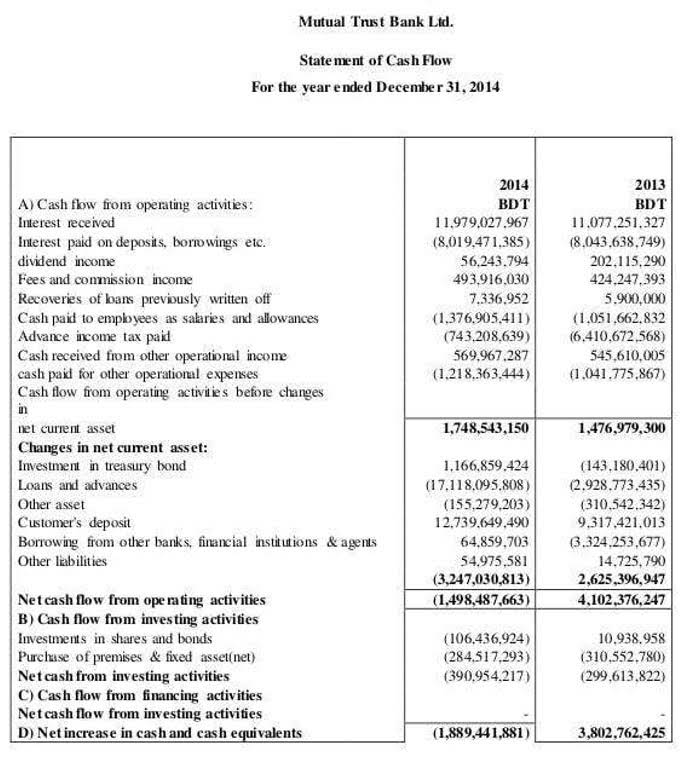No products in the cart.
Bookkeeping
How to Calculate the Number of Shares of Common Stock Outstanding The Motley Fool

Helpful Fool Company’s board has elected to issue just 2,000 shares at this time. Therefore, the company currently has authorized 5,000 shares and has 2,000 shares issued and outstanding. A publicly traded company’s total number of shares outstanding can usually be found on exchange platforms and in the shareholder’s equity section of the company balance sheet.
How to Calculate Outstanding Shares

Moreover, the number of shares outstanding is extremely useful when monitoring how a company conducts its business, as things like stock splits also affect share numbers. Here, the balance sheet reports 8,019 million shares issued and 3,901 million treasury shares, as of September 30, 2022. Knowing a company’s number of shares outstanding is key when calculating critical financial metrics and determining share value as a portion of ownership. An additional metric used alongside shares outstanding is a company’s “float,” which refers to the shares available for investors to buy and sell on the open market.
How to Calculate the Number of Shares of Common Stock Outstanding

And so, for a loss-making company, potentially dilutive shares can be excluded if they are “anti-dilutive”. In other words, as in this example, those shares would not be counted if they improve results, which happens most frequently (though not invariably) adjusting entries when the company is not profitable. Assuming all option holders exercise, Company A would issue 10 million shares. With the $50 million in cash, in theory it could instantly repurchase 5 million shares at $10 each. Authorized shares, meanwhile, are the maximum number of shares a company can issue, based on its corporate charter. The larger stock market is made up of multiple sectors you may want to invest in.
- So far, we’ve focused on shares outstanding, whether basic or diluted, at a fixed point in time.
- The number of shares outstanding increases whenever a company undertakes a stock split.
- All these scenarios are important for investors to understand before they make a decision to buy or sell.
- Once you’ve located the number of treasury stocks, write it down for your calculations.
- Shares Outstanding represent all of the units of ownership issued by a company, excluding any shares repurchased by the issuer (i.e. treasury stock).
How to calculate outstanding shares

Not only does this include the shares available to be bought and sold by the public, but also included in this number are the restricted shares held by institutional investors and company insiders. In addition to listing outstanding shares or capital stock on the company’s balance sheet, publicly traded companies are obligated to report the number issued along with their outstanding shares. These figures are generally packaged within the investor relations sections of their websites, or on local stock exchange websites. The number of outstanding shares is also in the capital section of a company’s annual report. A company’s outstanding shares, the total shares held by shareholders excluding treasury stock, can fluctuate due to various factors. Notably, stock splits and reverse stock splits significantly influence the number of outstanding shares.

How to Calculate Total Common Shares Outstanding
- A stock split occurs when a company increases its shares outstanding without changing its market cap or value.
- Typically, a stock split occurs when a company is aiming to reduce the price of its shares.
- This figure is important because it translates a company’s overall performance into per-share metrics, making an analysis much easier regarding a stock’s market price at a given time.
- The outstanding shares figure is useful to know for an investor that is contemplating buying shares in a company.
At the same time, the stock price is adjusted inversely to the exchange ratio, resulting in an increase or decrease. However, the overall market capitalization and value of the company remain unchanged. The balance sheet is a financial statement issued by the company that provides a full accounting of the company’s assets, liabilities, and shareholder’s equity at a particular moment in time. In other words, the balance sheet is a snapshot of what a company owns, what it owes, and the total amount that has been invested by shareholders.
Why shares outstanding is useful
Stock options will be exercised; restricted stock may vest after executives hit certain targets. Stock might be sold to raise capital; convertible debt might move into, or out of, the money. But the company, as in our example above and using the treasury stock method, has 5 million shares linked to options and warrants. Let’s assume the company also has $500 million in convertible debt with a conversion price of $5. Basic shares outstanding represent the actual number of shares outstanding during a period.
- On the balance sheet, there is a line item description that states the number of shares outstanding.
- Outstanding shares are the shares in the hands of the public, executives and employees.
- These are instruments that give the holder a right to purchase more stock from the company’s treasury.
- Overall, the number of shares outstanding, the metrics you can calculate from it, and related metrics — like the float — provide key insights to investors.
- Two different ways to analyze a company through its shares outstanding are earnings per share (EPS) and cash flow per share (CFPS).
- Increasing treasury shares will always result in decreases and vice-versa.

Understanding a company’s financials is crucial to successful investing. A publicly-traded company can directly influence how many shares it has outstanding. The number of shares outstanding of a company can be found in its quarterly or annual filings (10-Qs or 10-Ks).
Issued Vs. Outstanding Vs. Authorized
The result is the number of shares on which the market capitalization number was based. Of these terms, the two that you need in order to determine the number of outstanding shares how to find the number of outstanding shares are issued shares and treasury shares. Generally, both of these figures can be found on a company’s balance sheet. While a company has a certain number of outstanding shares, not all of those shares are available for trading, since they may be closely held by some (large) investors.
